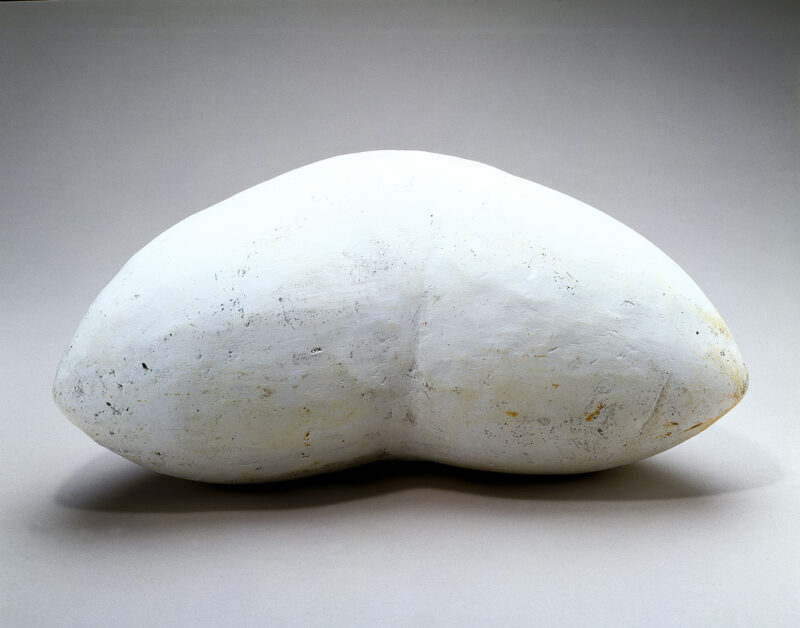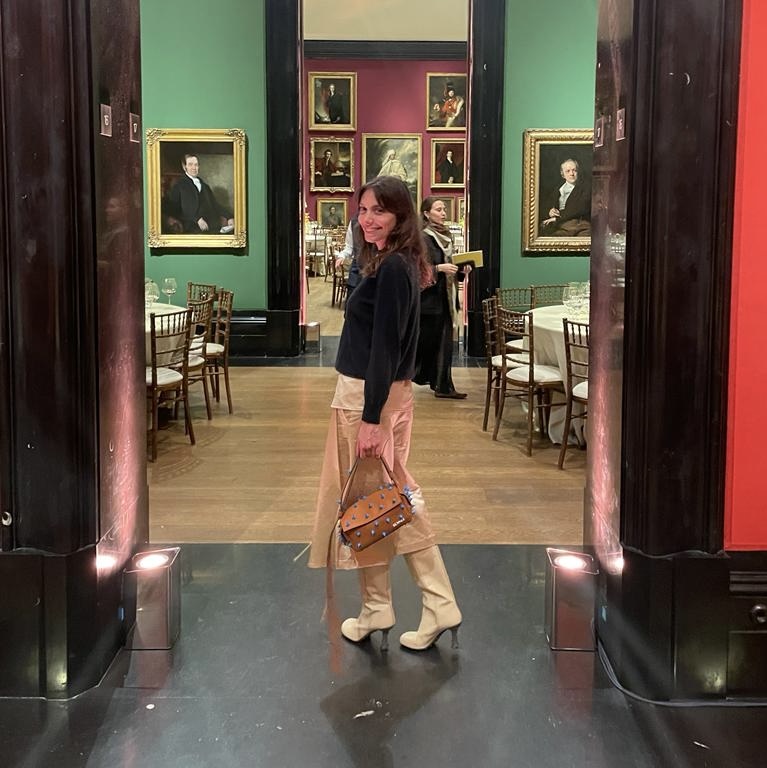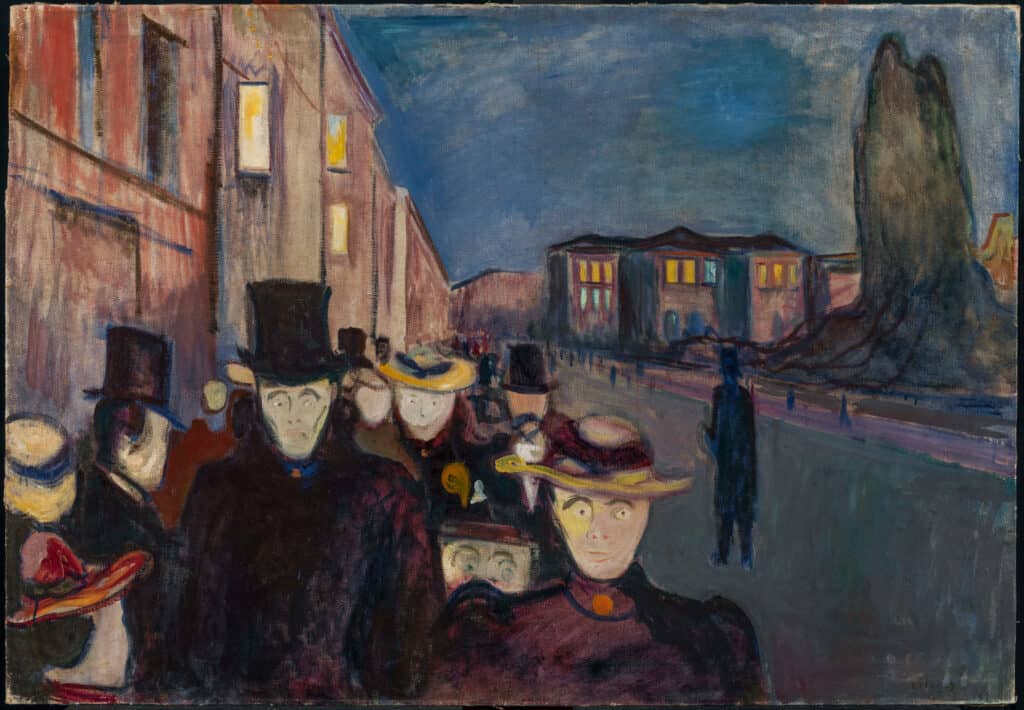
A major group of works by Edvard Munch (1863-1944) will be shown in the UK for the first time in a new exhibition at The Courtauld.
The Morgan Stanley Exhibition: Edvard Munch. Masterpieces from Bergen will bring together 18 seminal paintings by Munch from KODE Bergen Art Museum, Norway, home to one of the most important Munch collections in the world. It is the first time the paintings have been shown together as a group outside Scandinavia.
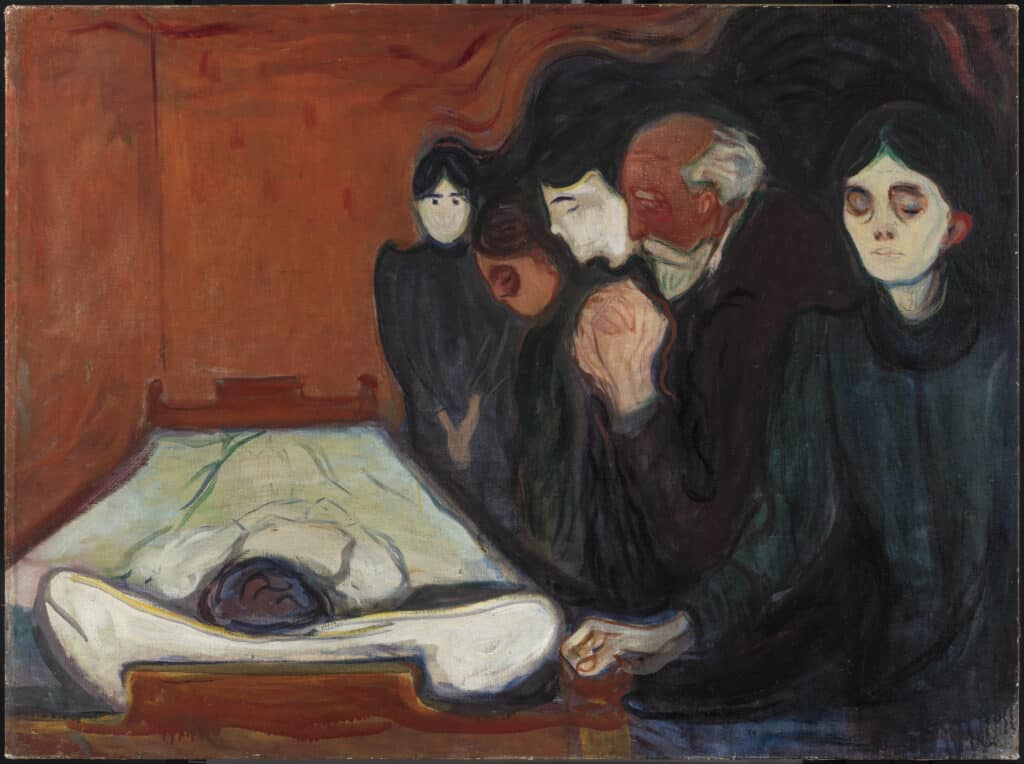
The remarkable collection was formed at the beginning of the 20th century by the Norwegian industrialist and philanthropist Rasmus Meyer (1858-1916), a passionate collector who knew Munch personally and who was one of the early champions of his work. Meyer was astute in acquiring major canvases that chart the development of Munch’s unique expressive style and mark him out as one of the most radical painters of the 20th century.
The exhibition will begin with important early paintings from the 1880s when Munch was drawing on the legacy of Impressionism to create his own style. This is exemplified by the artist’s first major work, Morning (1884), painted when he was just twenty years old. Despite being a controversial work at the time for its unconventional style and its intimate subject, the picture helped to establish Munch’s name as a modern painter and was even exhibited at the Paris World Fair in 1889.
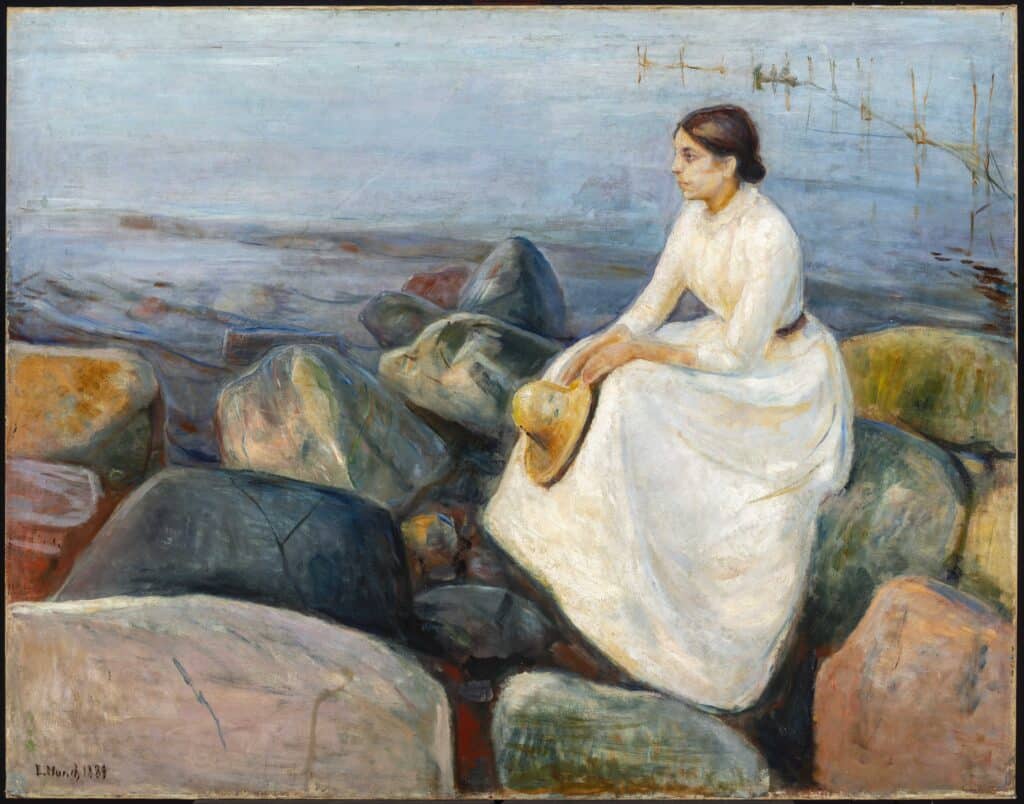
Another early highlight will be Munch’s large-scale canvas Summer Night (1889), a powerful and evocative depiction of his sister Inger sitting by the shoreline of a fjord. This pivotal work has long been celebrated as the painting with which Munch found his artistic voice. Summer Night marks his move towards the expressive and psychologically charged work for which he became famous.
These early paintings launched Munch’s career in Norway and internationally, and they set the stage for his ground-breaking paintings of the 1890s when his compositions became powerful projections of his emotions and psychological state. Major examples of these 1890s works form the larger part of the exhibition. Instantly recognisable by Munch’s highly expressive handling of paint and rich colour, they include remarkable canvases from the artist’s famous ‘Frieze of Life’ series, such as Evening on Karl Johan (1892), Melancholy (1894-96) and By the Death Bed (1895). Munch’s ‘Frieze of Life’ works were intended to address profound themes of human existence, from love and desire to anxiety and death. The artist used his own experiences as source material to create visceral depictions of the human psyche, which he hoped would help others understand their own life. Munch’s ambition to create paintings that operated on a deeply emotional and psychological level, marked him out as one of the most distinctive voices of modern art at the turn of the 20th century.
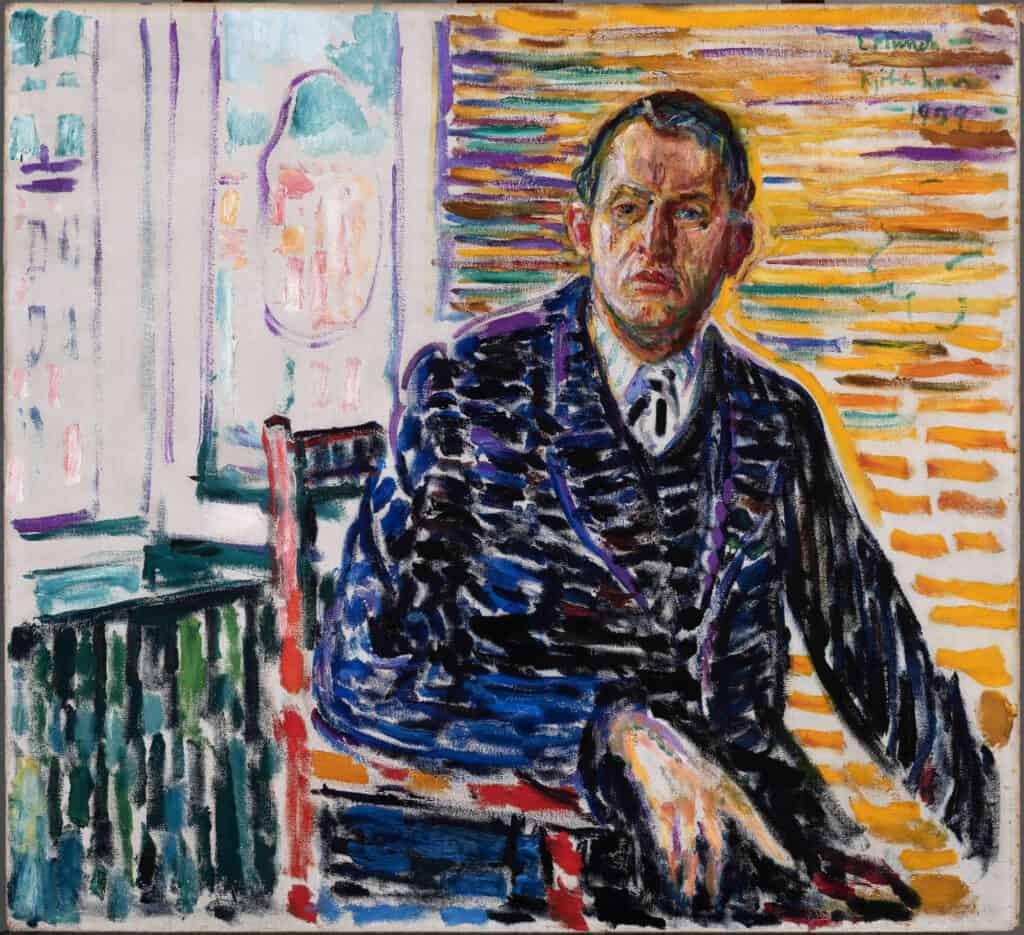
The exhibition also includes Self-Portrait in the Clinic (1909), one of Munch’s most impressive and introspective self-portraits, painted when he was undergoing treatment for emotional stress in Copenhagen. This powerful work marked a significant and lasting shift in Munch’s style, as he adopted a brighter palette and started applying paint with loose, jagged brushstrokes that left parts of the canvas visible. Munch deployed this new approach to remarkable effect in Youth (1908), one of the paintings Meyer acquired directly from the artist. Its near-life sized depiction of a naked young man on the beach is full of a renewed sense of vitality that characterised Munch’s work at this time.
The Morgan Stanley Exhibition: Edvard Munch. Masterpieces from Bergen 27th May – 5th September 2022 The Courtauld Gallery Under-18s go free Tickets on sale 31st March 2022

